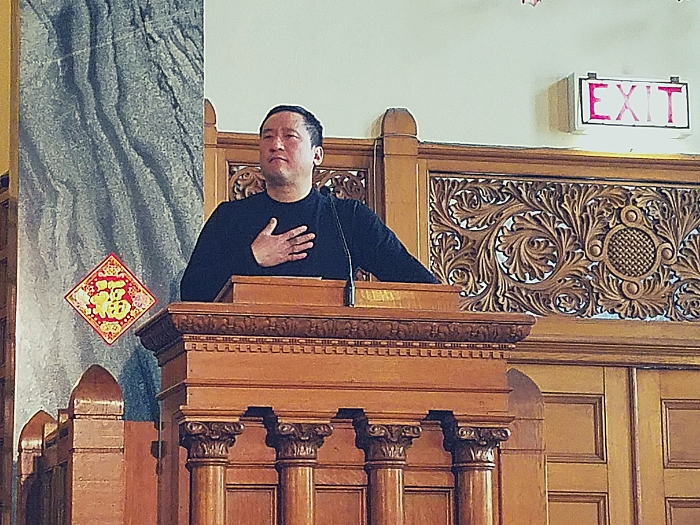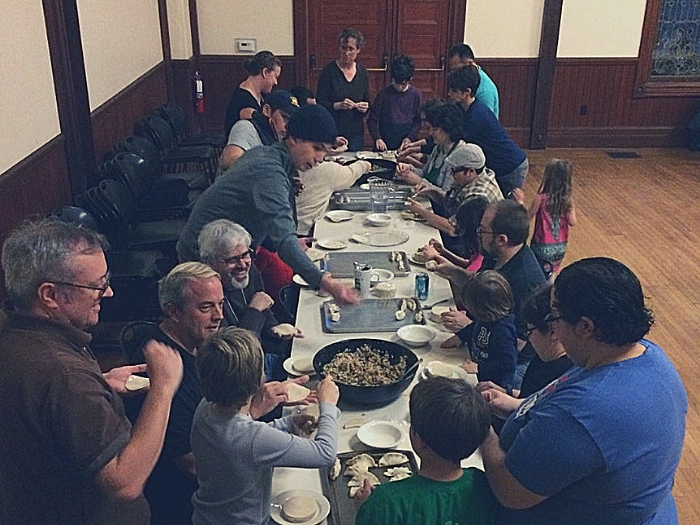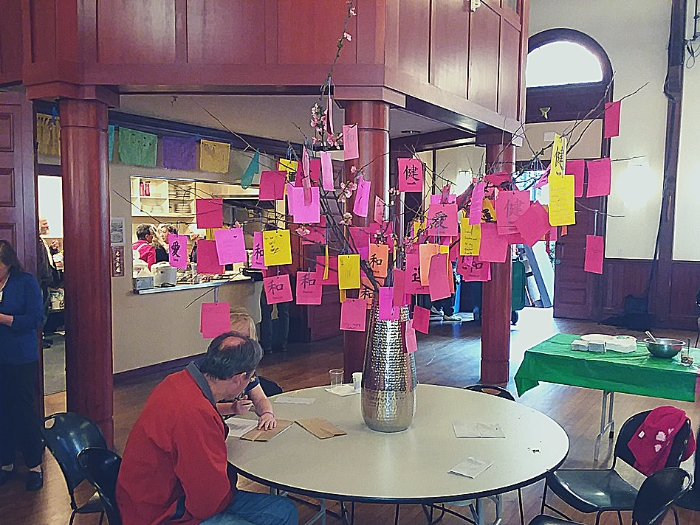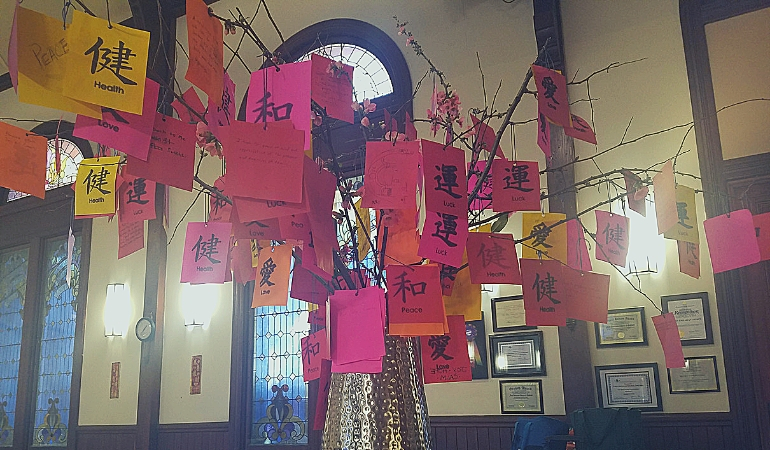This article is part of our collection of Family-Friendly Activities. Sign up for our newsletter to receive family-friendly activity, recipe and craft ideas throughout the year.
For the past two years, Lunar New Year has included a holiday service at our neighborhood church. As a member of the service planning team, I’ve enjoyed helping to build a new tradition within our congregation and adding a community-oriented dimension to my family’s holiday celebration.
Celebrating Lunar New Year at church may someday become a natural part of building an inclusive ministry in multicultural America. It is, after all, the most important holiday for the country’s fastest-growing minority group. Looking forward, I anticipate we’ll see more holidays like Lunar New Year celebrated outside their native cultural communities.
That said, starting a new Lunar New Year tradition at church poses unique challenges today. How do you connect holiday traditions with a faith’s spiritual beliefs and practices? How do you represent the holiday faithfully, while engaging the entire congregation? How do you avoid cultural appropriation and tokenism? How do you meet those resistant to change?
In searching online, I found few resources for planning a Lunar New Year church service, though I discovered many churches across the country observing the holiday in some form. As a result, I wanted to share a few lessons learned over the past two years, in case you are inspired to start a similar celebration in your own church community.
1. Start with a spirit of shared celebration
The goal, I think, is to create a Lunar New Year service that engages every member of the congregation, not just those with a cultural connection with the holiday. Faithfully honor many Asian traditions and provide as many entry points, as possible, through song, scripture, stories, reflections and food. Also, don’t assume that non-Asians lack the necessary cultural context — these days, many congregants may have studied abroad, work with colleagues internationally or live in multicultural families. Cast a wide net and you’ll increase the odds of celebrating the holiday in community.
2. Focus on universal themes, not specific practices
While it is illuminating to describe holiday traditions like cleaning the home or cooking favorite foods, we’ve mindfully avoided too much cultural “show-and-tell.” Focusing on practices that aren’t widely shared throughout the congregation can inadvertently cause distance and a service that some may experience only at arm’s length. Instead, we’ve focused on building the service from the Lunar New Year’s universal themes — seasonal change, renewal, family reunion and gratitude for life’s blessings — to create points of connection regardless of any individual’s cultural background.
3. Lean on familiar spiritual elements
Starting any new community tradition represents change that can evoke a range of emotions. You may be introducing new holiday traditions, new spiritual interpretations, perhaps even new languages. As a result, I would suggest preserving as many familiar elements as possible when designing a Lunar New Year service. We took care to maintain the usual Order of Service and elevated holiday themes from readings and songs selected from our church hymnal.

4. Invite a guest speaker
Service elements like the greeting, children’s story, hymns and prayers are probably most likely to incorporate discussion of “timeless” aspects of Lunar New Year like folklore and traditions, food and family practices. Inviting a guest speaker to offer a homily is a wonderful way to add urgency and immediacy to the service by putting the year’s celebration in context. This year, we were joined by Frank Wu, president of the Committee of 100, who related the Asian American experience today to the common struggle minority groups face to live just, whole and fulfilling lives.

5. Build community with an event
Starting something new can feel very lonely, especially if you are in the minority. Building community is the antidote. The night before our service, we recreated the traditional New Year’s Eve meal by holding a community dumpling making party. Together, 40 of us (ranging in age from 2 to 70) joined to tell stories and wrap over 400 dumplings to feed the congregation the next day. We had a great time and it felt so much more comfortable conducting the service knowing how many congregants held a deeper connection with the holiday from our shared experience.

6. Create something new
Holidays, in my mind, are equally intimate and communal experiences. Starting a new Lunar New Year celebration hopefully grows past one group simply sharing with another to a place where something new is created for a bigger community. Through trial-and-error, we’ve created a Lunar New Year ritual for our church that evokes the Chinese practices of displaying flowering branches, decorating kumquat trees and giving red envelopes to children. As a means for expressing our hopes for the new year, the ritual is a new part of the holiday created by our community that we can all point to as our own.
7. Reach out into the community
Holding a Lunar New Year service is a great way to extend your church’s reach. It’s powerful to take intentional steps toward serving diverse audiences and building a multicultural church community. As I posted news of our Lunar New Year service around the neighborhood and online, most people were pleasantly surprised and many new faces attended service that Sunday. Beyond individual outreach, creating a Lunar New Year service is a great reason to get in touch with new community groups, advocacy organizations and cultural non-profits.
Your turn! Are you inspired to create a new tradition in your church community? Want to ask a question before you start planning? I’d love to hear from you in the comments section below!
HT: Photos by Claudine Tong, Sheri Prud’homme and Laila Ibrahim.





Leave a Reply